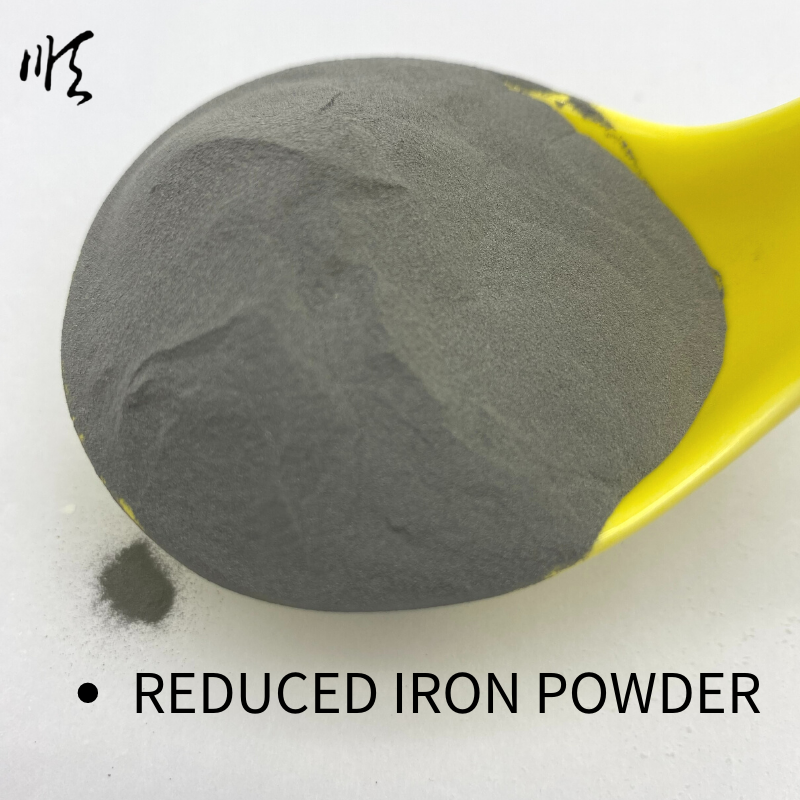
Exploring the Properties and Applications of Chemical Alumina in Industrial Processes and Products
Understanding Chemical Alumina Properties, Production, and Applications
Chemical alumina, or alumina (Al₂O₃), is a vital material in various industries, renowned for its remarkable properties and versatile applications. A compound of aluminum, it appears in different forms, including hydrated alumina and anhydrous alumina, with each form possessing distinct characteristics and uses. This article explores the properties, production methods, and applications of chemical alumina, highlighting its significance in modern technology and industry.
Properties of Chemical Alumina
Chemical alumina is a white, crystalline solid composed of aluminum and oxygen. It is characterized by its high melting point (approximately 2050°C) and excellent thermal stability. One of the most notable features of alumina is its hardness; it ranks second only to diamond on the Mohs hardness scale. Its chemical inertness makes it resistant to acids, bases, and other harsh environments, which is crucial for its use in various applications.
Alumina exhibits excellent electrical insulation properties, making it an ideal choice for electrical and electronic applications. Additionally, its high surface area and porous structure enhance its utility as an adsorbent and catalyst support in the chemical industry. The presence of various hydroxyl groups in hydrated alumina adds to its reactivity, making it suitable for a wide range of chemical processes.
Production Methods
The production of chemical alumina typically involves two primary processes the Bayer process and the calcination of aluminum hydroxide
.1. Bayer Process This is the most common method for producing aluminum oxide. The Bayer process starts with bauxite ore, which is rich in aluminum hydroxides. The ore is first crushed and then treated with a hot sodium hydroxide solution, which dissolves the aluminum content. The resulting solution is then clarified, and aluminum hydroxide is precipitated by adding aluminum hydroxide crystals. Finally, the precipitate is washed and heated to produce anhydrous alumina.
2. Calcination After obtaining aluminum hydroxide through the Bayer process, it is calcined in rotary kilns or fluidized bed reactors at high temperatures. This process removes water molecules, resulting in pure alumina. The calcination process can be finely tuned to produce different forms of alumina, including gamma, alpha, and theta forms, each having unique properties suitable for specific applications.
chemical alumina

Applications of Chemical Alumina
Chemical alumina finds applications across multiple industries due to its unique properties.
1. Ceramics In the ceramics industry, alumina is used as a raw material for manufacturing high-performance ceramics, which are utilized in plumbing fixtures, insulators, and tiles. Its hardness and thermal stability make it ideal for applications requiring strength and durability.
2. Catalysts and Adsorbents In the petrochemical and chemical industries, alumina serves as a catalyst support for various reactions, including hydrogenation and isomerization. Its high surface area and porous structure enable it to enhance the effectiveness of catalysts. Additionally, alumina is used as an adsorbent for purification processes in water treatment and gas separation.
3. Electronics and Electrical Insulation Thanks to its excellent electrical insulating properties, alumina is utilized in the electronics industry for substrates and housings for electronic components. It is critical for ensuring the reliability and efficiency of electrical devices.
4. Pharmaceuticals and Personal Care Products In the pharmaceutical industry, alumina is employed for its adsorptive properties in drug formulation and processing. Moreover, it is used as an ingredient in personal care products such as deodorants due to its moisture-absorbing capabilities.
Conclusion
Chemical alumina is a multifaceted material with a broad spectrum of applications across various industries, including ceramics, chemicals, electronics, and pharmaceuticals. Its unique properties, such as hardness, chemical stability, and electrical insulation, make it indispensable in many technological advancements. As industries continue to innovate and expand, the demand for chemical alumina is likely to grow, paving the way for further research and development in this essential material.
Share
-
Premium Pigment Supplier Custom Solutions & Bulk OrdersNewsMay.30,2025
-
Top China Slag Fly Ash Manufacturer OEM Factory SolutionsNewsMay.30,2025
-
Natural Lava Rock & Pumice for Landscaping Durable Volcanic SolutionsNewsMay.30,2025
-
Custom Micro Silica Fume Powder Manufacturers High-Purity SolutionsNewsMay.29,2025
-
Custom Mica Powder Pigment Manufacturers Vibrant Colors & Bulk OrdersNewsMay.29,2025
-
Custom Micro Silica Fume Powder Manufacturers Premium QualityNewsMay.29,2025






